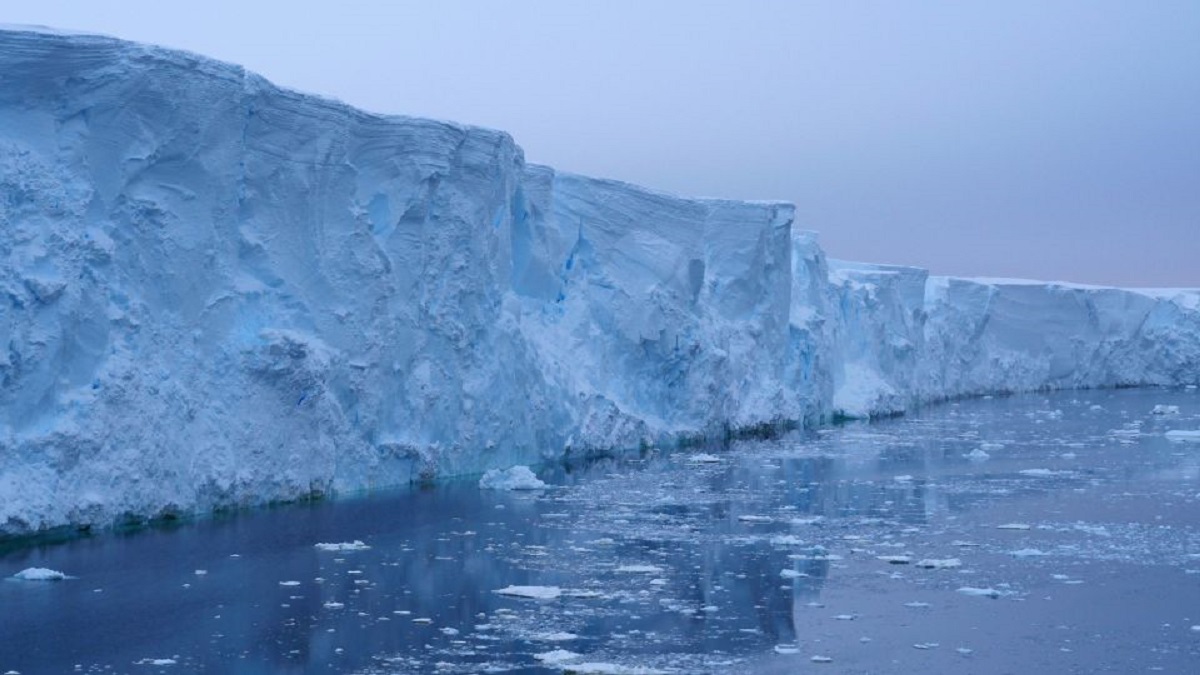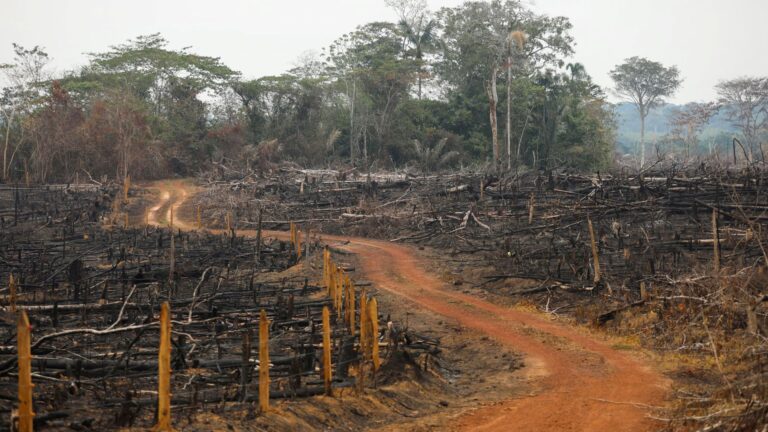
Researchers from the University of Cambridge have discovered that Antarctic ice shelves contain significantly more meltwater than previously estimated. Published in Nature Geoscience, this new study highlights potential implications for global sea level rise. By utilizing artificial intelligence techniques, the team mapped water-soaked snow, or slush, across the Antarctic ice shelves.
Slush: A Hidden Meltwater Reservoir
The research revealed that during the peak of the Antarctic summer, 57% of all meltwater on ice shelves exists in the form of slush, while the remaining 43% is held in surface ponds and lakes. This finding challenges previous assumptions and reveals a critical gap in current climate models. Dr. Rebecca Dell, the lead author from Cambridge’s Scott Polar Research Institute, noted the difficulty in identifying slush due to its visual similarity to cloud shadows.
Advanced AI Techniques for Mapping Meltwater
To overcome this challenge, the team used machine learning techniques to analyze optical data from NASA‘s Landsat 8 satellite. This approach allowed them to differentiate slush from other features across 57 Antarctic ice shelves between 2013 and 2021. The study uncovered that slush and pooled meltwater contribute to 2.8 times more meltwater formation than standard climate models had predicted. This discrepancy arises because slush and water absorb more solar heat than ice or snow, accelerating the melting process.
Implications for Ice Shelf Stability and Sea Level Rise
The findings have significant implications for ice shelf stability and sea level rise predictions. As climate change intensifies, increased meltwater formation on ice shelves could lead to their instability or collapse. These floating ice structures act as crucial buttresses against the flow of inland glacier ice into the ocean. A collapse could lead to the rapid movement of glacier ice into the sea, affecting coastal cities worldwide.
Hydrofracture and the Role of Slush
Professor Ian Willis, a co-author of the study, emphasized the potential impact of slush on the hydrofracture process, where the weight of meltwater can create or enlarge ice fractures. Although slush may not cause hydrofracture in the same manner as liquid water, its presence needs to be factored into future ice shelf stability predictions.
Improving Climate Models for Better Predictions
This research underscores the need for improved climate models that account for the role of slush in Antarctic ice dynamics. As global warming continues, regions of Antarctica currently free from water or slush may begin to change, with far-reaching consequences for ice stability and global sea levels. This study highlights the importance of continually updating and refining our understanding of climate processes to better predict and mitigate future risks.






